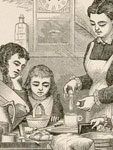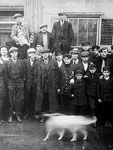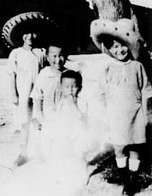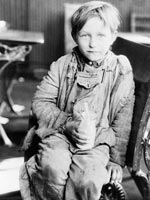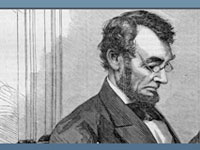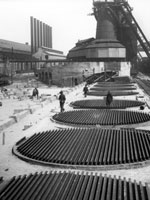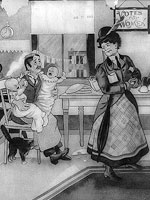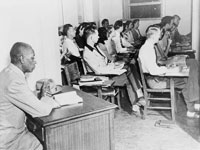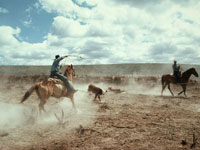Teaser
Explore the ins and outs of turn-of-the-century labor law, business, housing, and immigration.
Description
Access primary sources, activities, instructional tips, and assessments for a unit on the Progressive Era.
Article Body
This unit on the Progressive Era consists of seven teaching activities, which build upon each other and culminate in an optional service learning project exploring modern day progressivism. Each part of the unit can be downloaded as an individual PDF, or the entirety can be downloaded at once. Overall, the complete package is age-appropriate, while also challenging students to develop historical thinking skills.
Activities 3, 4, and 5 utilize primary source documents and photographs, and ask students to analyze documents and draw conclusions from them. Activity 3, for instance, prompts students to examine child labor and its impact by looking at two collections of photographs—Kids at Work and Kids on Strike. It then asks students to consider questions such as "How did the people that wrote these books put their stories together?" and "What sources did they use to be successful history detectives?"
While each part of this lesson builds on the last, teachers can pick and choose among the seven activities. For teachers looking for more direction, the lesson includes a narrative script that can be used to frame each activity. It also includes a vocabulary list, a student learning chart/grading rubric, and a collection of links to selected websites.
Topic
The Progressive Era, immigration, industrialization, capitalism
Rubric_Content_Accurate_Scholarship
Rubric_Content_Historical_Background
Yes
A brief overview of historical background for each activity is included in the "Narrative Flow, Teachers' Background."
Rubric_Content_Read_Write
Yes
Students are asked to read primary documents, and there are opportunities for original student writing based on document analysis.
Rubric_Analytical_Construct_Interpretations
Rubric_Analytical_Close_Reading_Sourcing
Yes
The unit includes close analysis of both text and photographic primary sources.
Rubric_Scaffolding_Appropriate
Yes
The scaffolding is very well-done, including student-friendly language and examples.
Rubric_Scaffolding_Supports_Historical_Thinking
Yes
The process for each activity is clear.
Rubric_Structure_Assessment
Yes
A rubric is included that focuses on both content goals and process goals.
Rubric_Structure_Realistic
Yes
The rubrics are divided into content and process goals.
Rubric_Structure_Learning_Goals
Yes
Lesson is also open to teacher adaptation.
